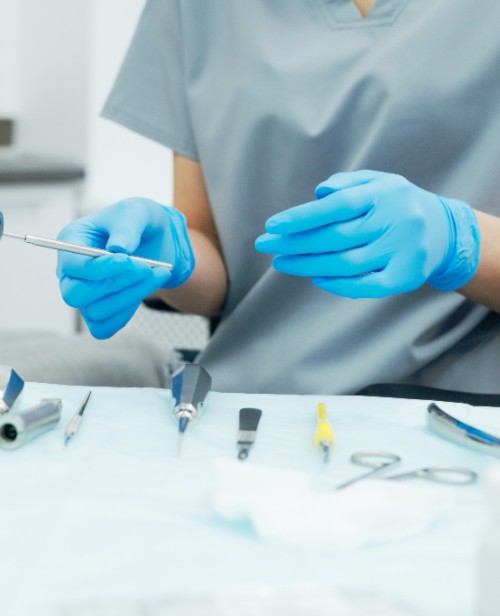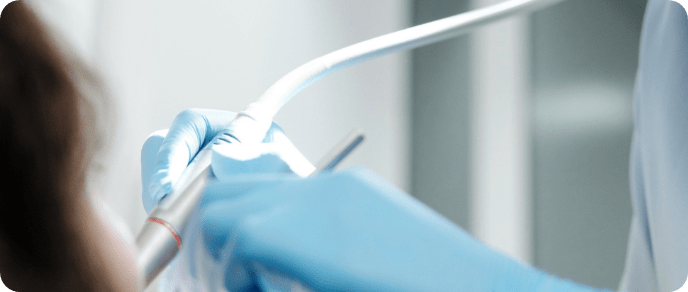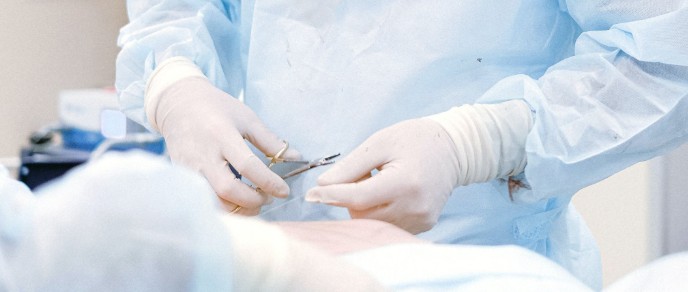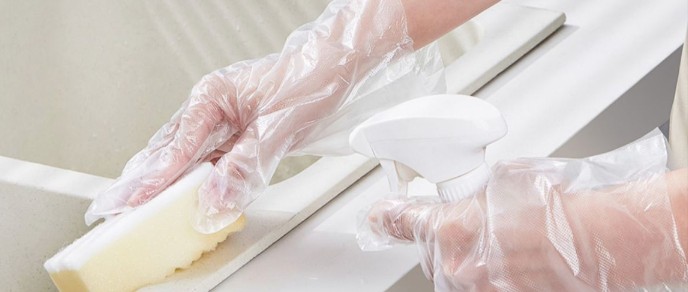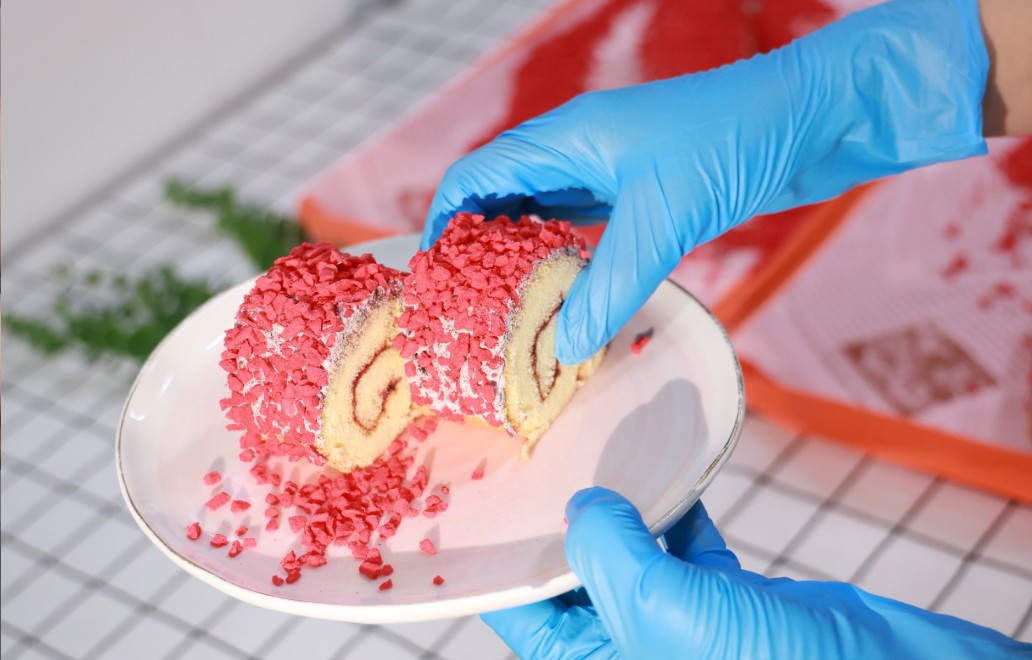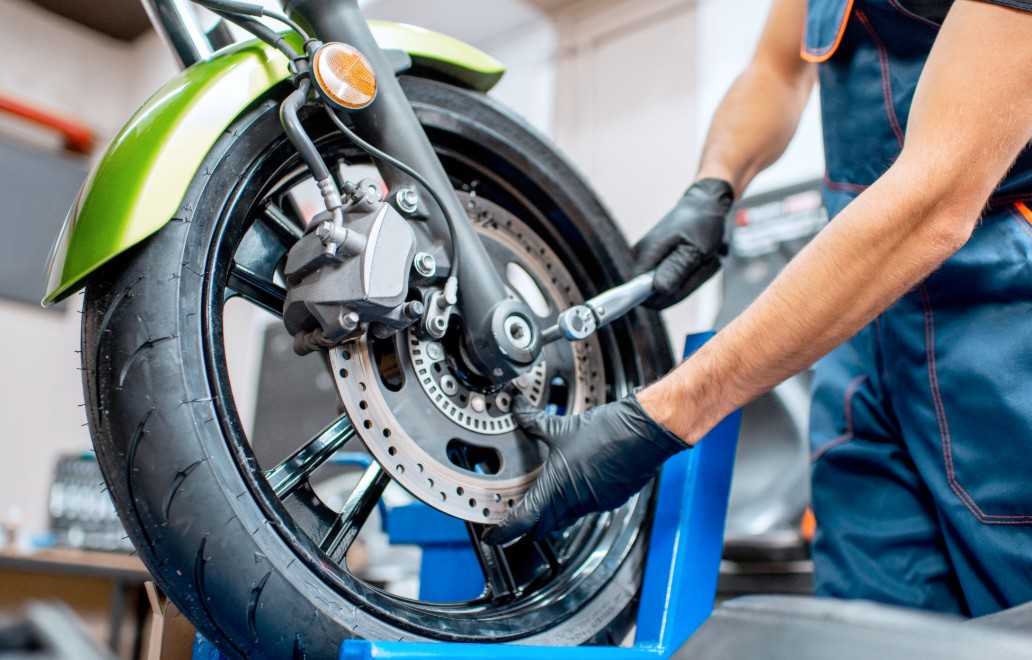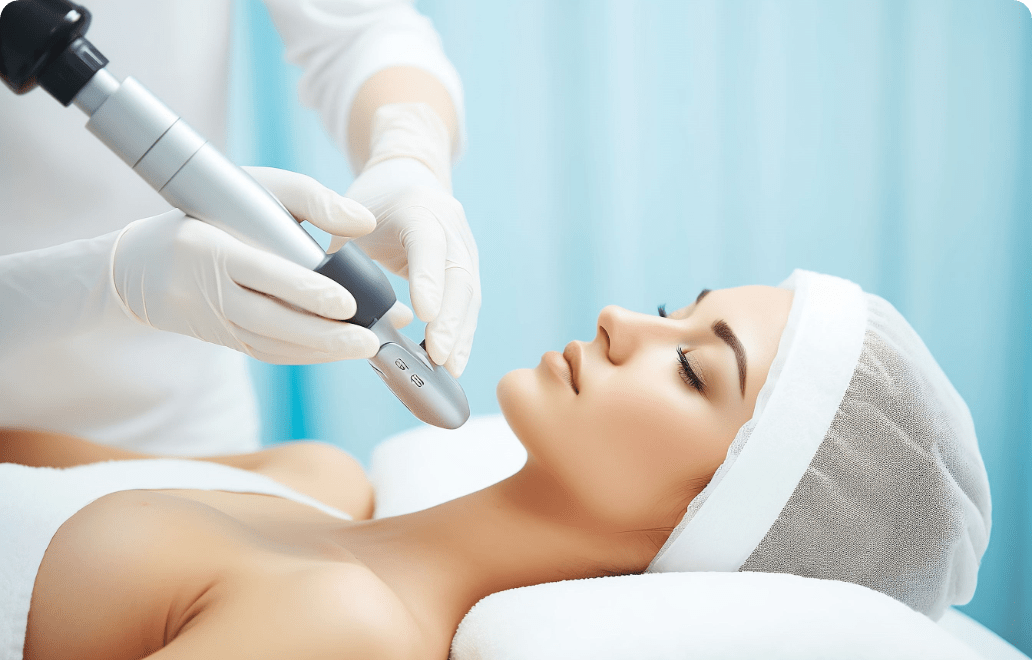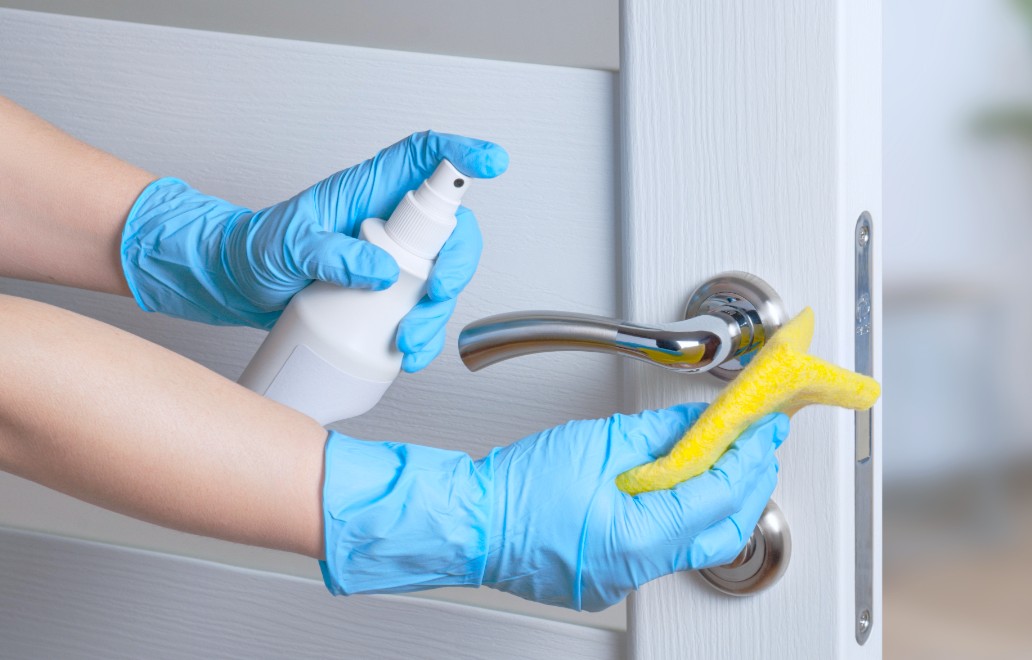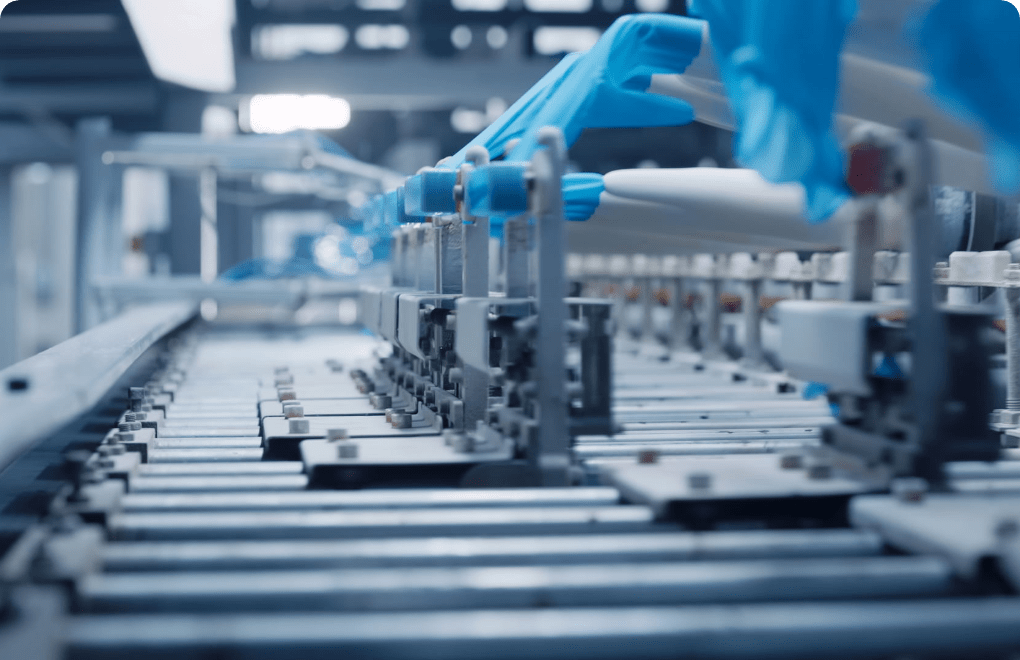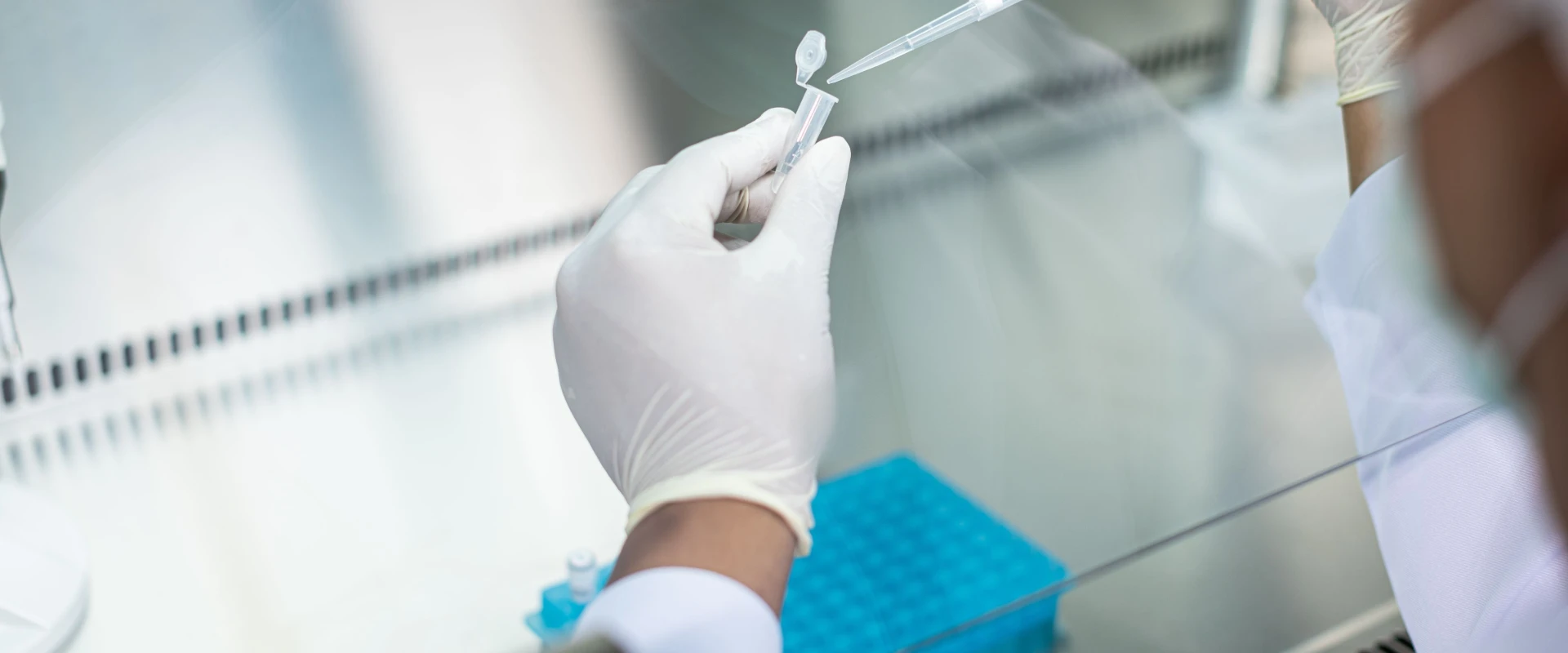How to Select the Right Nitrile Cleanroom Gloves?
Table of Contents
In the highly controlled world of cleanroom manufacturing, where a single micron-sized particle can compromise an entire batch of semiconductor wafers or render a pharmaceutical product unsafe, the selection of personal protective equipment (PPE) is not merely a procedural step—it is a critical determinant of product quality and process integrity. Among the various components of cleanroom attire, gloves are perhaps the most vital, as they serve as the primary interface between the operator and the sensitive environment. Nitrile cleanroom gloves have emerged as the gold standard in many industries, offering a superior combination of protection, purity, and performance. This comprehensive guide will navigate the essential factors for choosing the right nitrile cleanroom gloves, ensuring your operations remain uncontaminated and efficient.
Understanding the Cleanroom Environment and Its Demands
Cleanrooms are classified based on the number and size of particles permitted per volume of air. Standards like ISO 14644-1 define these classes, with ISO Class 4 (Class 10) and ISO Class 5 (Class 100) representing some of the most stringent environments. In such settings, every item introduced, including gloves, must be meticulously evaluated for its potential to shed particles, generate static, or introduce chemical or biological contaminants. The fundamental role of a glove is to protect the product and the environment from the human operator, who is the largest source of contamination. This is where the specific properties of nitrile become indispensable.
Why Nitrile? Addressing the Question: Can You Use Nitrile Gloves for a Cleanroom?
A common and crucial question is, Can you use nitrile gloves for cleanroom applications? The answer is a resounding yes, and for several compelling reasons. Nitrile, a synthetic copolymer, is inherently superior to natural rubber latex for cleanroom use. First and foremost, it is completely free of latex proteins, eliminating the risk of Type I allergic reactions among sensitive personnel. Furthermore, high-quality nitrile cleanroom gloves are manufactured to be powder-free, sulphur-free, and low in chemical accelerators, drastically reducing the potential for ionic contamination that can damage microelectronics or interfere with pharmaceutical compounds. Their excellent resistance to punctures, tears, and a broad range of chemicals ensures both operator safety and process integrity. The material’s durability also means fewer glove changes, reducing the frequency of potential contamination events during donning.
Key Selection Criteria for Nitrile Cleanroom Gloves
Selecting the right glove goes beyond simply choosing a nitrile option. You must evaluate a series of critical specifications that align with your cleanroom’s classification and operational needs.
Material Purity and Low Contamination Profile
The core purpose of a cleanroom glove is to minimise contamination. Key metrics include:
• Total Non-Volatile Residue (TNVR): This measures the amount of soluble residue left on the glove after processing. A lower TNVR indicates a cleaner glove.
• Ionic Content: Chlorides, sulphates, and nitrates can corrode delicate electronic circuits. Gloves should have certified low levels of extractable ions.
• Particulate Matter: The gloves must shed minimal particles. This is often ensured through advanced washing processes in ultra-pure deionised (DI) water and packaging in cleanroom-compatible materials. The manufacturing facility itself, like the INTCO Medical production plant, is a Grade 300,000 dust-free workshop, which is crucial for maintaining this low particulate count.
Sterile vs. Non-Sterile: Choosing the Right Level of Protection
Understanding the distinction between sterile and non-sterile gloves is paramount for compliance and safety.
• Non-sterile cleanroom nitrile gloves are designed for applications where microbiological contamination is a concern but absolute sterility is not required. They are ideal for electronics assembly, aerospace component handling, and some pharmaceutical packaging processes. They undergo a high level of cleaning to be particle-free but are not subjected to terminal sterilisation.
• Sterile cleanroom nitrile gloves have been processed, typically with gamma radiation, to achieve a Sterility Assurance Level (SAL) of 10⁻⁶, meaning there is a less than one in a million chance of a single viable microorganism being present. These are mandatory in aseptic pharmaceutical filling, certain biomedical applications, and surgical procedures. The choice between sterile cleanroom gloves and their non-sterile counterparts is a direct function of your process requirements, guided by standards like ISO 13485 for medical devices.
ESD Protection and Physical Durability
In electronics manufacturing, electrostatic discharge (ESD) can instantly destroy sensitive components. Nitrile cleanroom gloves must offer reliable ESD control. Look for gloves that comply with standards like ANSI/ESD S20.20, with a surface resistivity typically in the range of 1.0×10⁹ to 9.99×10¹¹ Ω/Sq. This dissipative range safely grounds static charges, protecting your products. Simultaneously, physical durability—resistance to punctures and tears—is vital for both operator safety and preventing contamination from exposed skin. A thickness of 3-6mil, with reinforced fingertips and rolled cuffs, offers an optimal balance of dexterity and protection.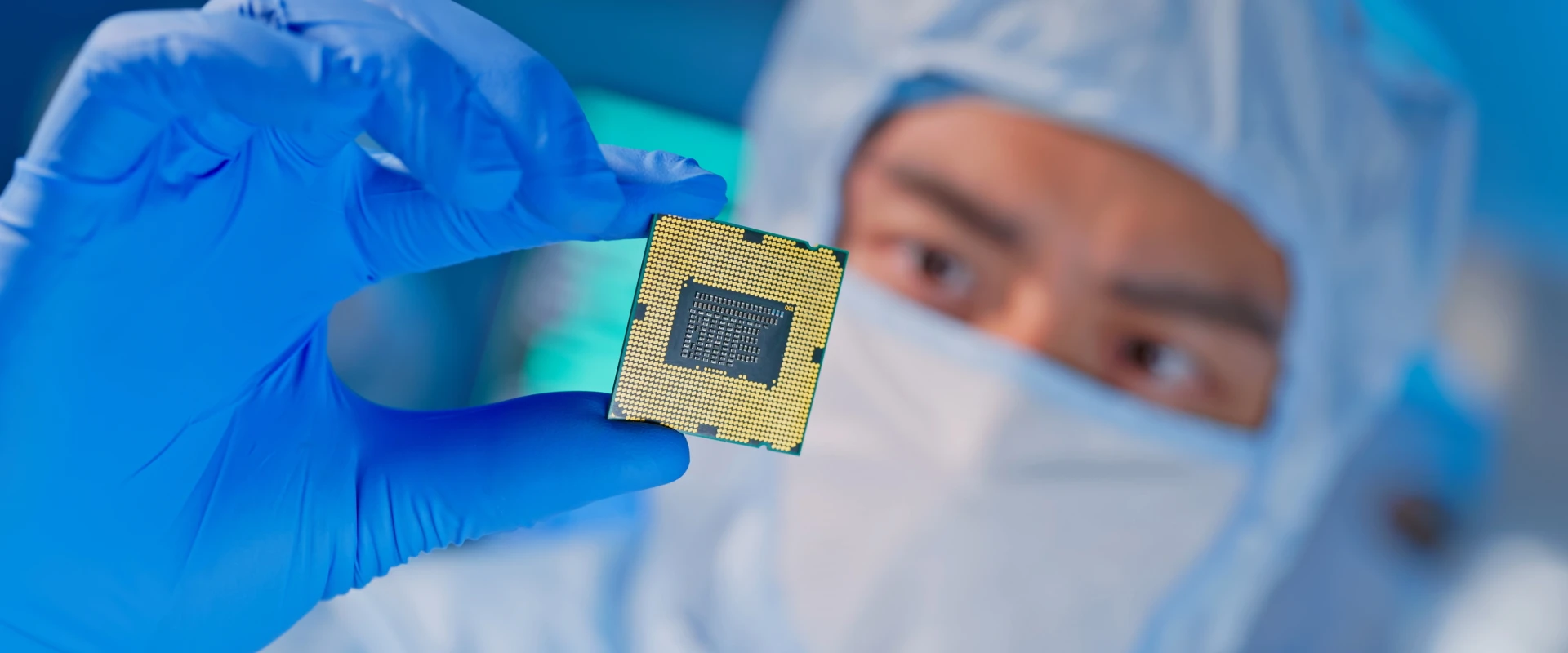
Comfort, Fit, and Ergonomics
Operator compliance is critical. If gloves are uncomfortable, workers may be tempted to remove them or adjust them improperly, breaching cleanroom protocol. The best cleanroom disposable gloves are designed with ergonomics in mind. Features like a soft, flexible nitrile formulation, textured fingertips for a secure grip, and a beaded cuff that resists tearing during donning all contribute to a comfortable wearing experience, promoting adherence to safety protocols.
INTCO Medical: Setting the Standard as Your Nitrile Cleanroom Gloves Manufacturer
After establishing the rigorous selection criteria, it becomes clear that not all manufacturers can meet these high demands. This is where INTCO Medical distinguishes itself, positioning the company as a leader in the field. With a dedicated, state-of-the-art clean product facility, INTCO Medical controls every aspect of production, from raw material selection to final packaging. Their commitment to quality is evidenced by compliance with the most stringent international standards, including the dedicated cleanroom glove standard ISO 23464:2020, EU RoHS, and ANSI/ESD protocols.
Why INTCO Medical is the Best Nitrile Cleanroom Gloves Manufacturer
When partnering with INTCO Medical, you are not just purchasing a box of disposable gloves; you are investing in a comprehensive contamination control solution. The company’s gloves are engineered for high purity and cleanliness, featuring low TNVR, minimal ion content, and being free of silicone oil and other contaminants. They offer both non-sterile cleanroom nitrile gloves and sterile cleanroom nitrile gloves to suit a vast array of applications, from semiconductor fabrication to pharmaceutical production, aligning with FDA GMP guidelines. Their massive production capacity, backed by a professional service team, ensures a reliable supply chain and full lifecycle support for your operations. For inquiries and to partner with a trusted supplier, visit the INTCO Glove contact us page.
In conclusion, selecting the right nitrile cleanroom glove is a multi-faceted decision that directly impacts your product yield and operational safety. By prioritising material purity, ESD properties, sterility needs, and user comfort, you can make an informed choice. For industries where failure is not an option, partnering with a proven manufacturer like INTCO Medical provides the assurance of quality, reliability, and expertise, solidifying their status as the best Nitrile Cleanroom Gloves manufacturer for the most demanding cleanroom applications worldwide.


